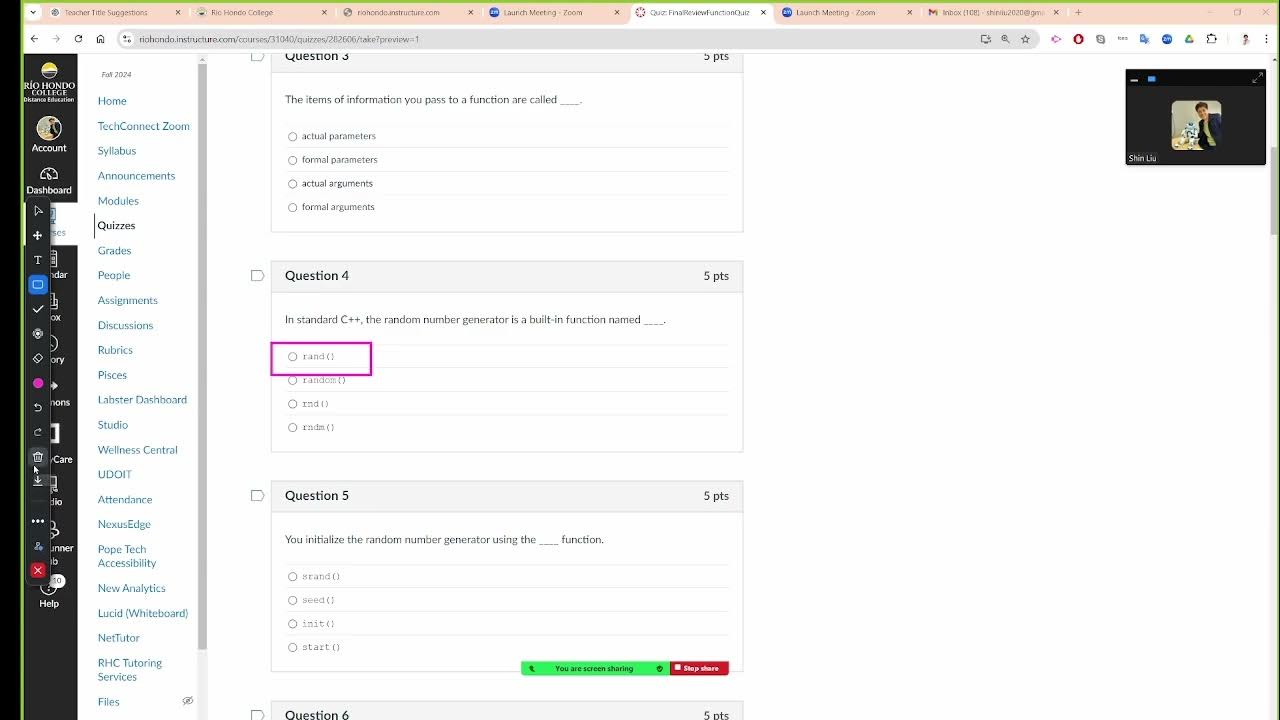Cladistics Part 2: Monophyly, Paraphyly, and Polyphyly
Summary
TLDRThis video explains the key differences between clades and taxa in cladistics, with a focus on the concepts of monophyly, paraphyly, and polyphyly. It discusses how cladograms and phylogenetic trees are used to depict evolutionary relationships and why some taxonomic groupings, such as 'reptiles', are controversial due to their paraphyletic nature. The video clarifies how monophyletic groups, or clades, include all descendants of a common ancestor, while paraphyletic and polyphyletic groups do not. The evolving nature of taxonomy is also highlighted, showing how new discoveries can reshape our understanding of species relationships.
Takeaways
- 😀 A clade is a group of organisms that share a common ancestor, while a taxon is a category in classification that may not always indicate common ancestry.
- 😀 Monophyletic groups, or clades, include all descendants of a common ancestor, making them central to cladistic taxonomy.
- 😀 Paraphyletic groups contain a common ancestor but do not include all of its descendants, as seen with the term 'reptile'.
- 😀 Polyphyletic groups consist of organisms that do not share a recent common ancestor, like the term 'worms'.
- 😀 The term 'reptile' is paraphyletic because it excludes birds, while 'archosaur' is monophyletic as it includes all descendants of a common ancestor.
- 😀 Cladograms represent the hierarchical relationships between clades, while phylogenetic trees depict real evolutionary lineages.
- 😀 Phylogenetic trees and cladograms are useful tools but can change as new scientific discoveries are made.
- 😀 The term 'primitive' should be avoided when referring to animals; instead, the term 'basal' is used to describe organisms that branched off early in evolutionary history.
- 😀 Animals like starfish, which seem 'primitive', are just basal, meaning they diverged early in the evolutionary tree but have been evolving for just as long as other species.
- 😀 Taxonomy is an evolving field; classifications and diagrams, like cladograms, are subject to change based on new discoveries.
- 😀 A major goal in taxonomy is to classify groups as monophyletic, paraphyletic, or polyphyletic, which helps in understanding evolutionary relationships.
Q & A
What is the key difference between a clade and a taxon?
-A clade is a group of organisms that share a common ancestor, including all of its descendants, while a taxon is a category in classification that may or may not reflect a common ancestry.
What does a monophyletic group represent in cladistics?
-A monophyletic group, or clade, represents a group of organisms that includes all the descendants of a single common ancestor.
Why is the classification of 'reptile' considered paraphyletic?
-'Reptile' is considered paraphyletic because it excludes birds, even though birds are descendants of reptiles, thus not including all of their descendants.
What is the difference between a paraphyletic and a polyphyletic group?
-A paraphyletic group includes some, but not all, descendants of a common ancestor, while a polyphyletic group includes organisms from different evolutionary lineages without sharing a recent common ancestor.
Can you give an example of a polyphyletic group?
-An example of a polyphyletic group is grouping mammals and birds together based on being 'warm-blooded,' as they do not share a recent common ancestor despite having this trait.
What are phylogenetic trees used for, and how are they different from cladograms?
-Phylogenetic trees represent actual evolutionary lineages and show how species are related over time, while cladograms only indicate the hierarchical relationships between clades without showing evolutionary lineage.
What does it mean to refer to certain animals as 'basal animals'?
-Basal animals are those that branched off early in evolutionary history, and the term reflects their early divergence from other groups, not necessarily their primitiveness.
Why is it inaccurate to call a starfish 'primitive'?
-It is inaccurate because a starfish has evolved just as much as any other extant animal species, despite its early branching in evolutionary history.
How does the concept of monophyly apply to taxonomy?
-Monophyly is crucial in taxonomy because taxonomists aim to classify groups based on true evolutionary relationships. Monophyletic groups are preferred because they represent all descendants of a common ancestor.
What happens to cladograms and phylogenetic trees as new discoveries are made?
-Cladograms and phylogenetic trees are continually updated and revised as new discoveries are made, reflecting our growing understanding of evolutionary relationships.
Outlines

このセクションは有料ユーザー限定です。 アクセスするには、アップグレードをお願いします。
今すぐアップグレードMindmap

このセクションは有料ユーザー限定です。 アクセスするには、アップグレードをお願いします。
今すぐアップグレードKeywords

このセクションは有料ユーザー限定です。 アクセスするには、アップグレードをお願いします。
今すぐアップグレードHighlights

このセクションは有料ユーザー限定です。 アクセスするには、アップグレードをお願いします。
今すぐアップグレードTranscripts

このセクションは有料ユーザー限定です。 アクセスするには、アップグレードをお願いします。
今すぐアップグレード関連動画をさらに表示

Cladistics Part 1: Constructing Cladograms

C++ Final Review Function Quiz 10 questions

Istilah (Terminology) Dalam Bidang Pariwisata Yang Wajib Anda Ketahui - Part I

What is dissolution?

READING PHYLOGENETIC TREES (ALL ABOUT SISTER TAXA, MONOPHYLETIC GROUPS, PARSIMONY)

Kotlin For Beginners - Variance, Covariance, Contravariance and Type erasure
5.0 / 5 (0 votes)
